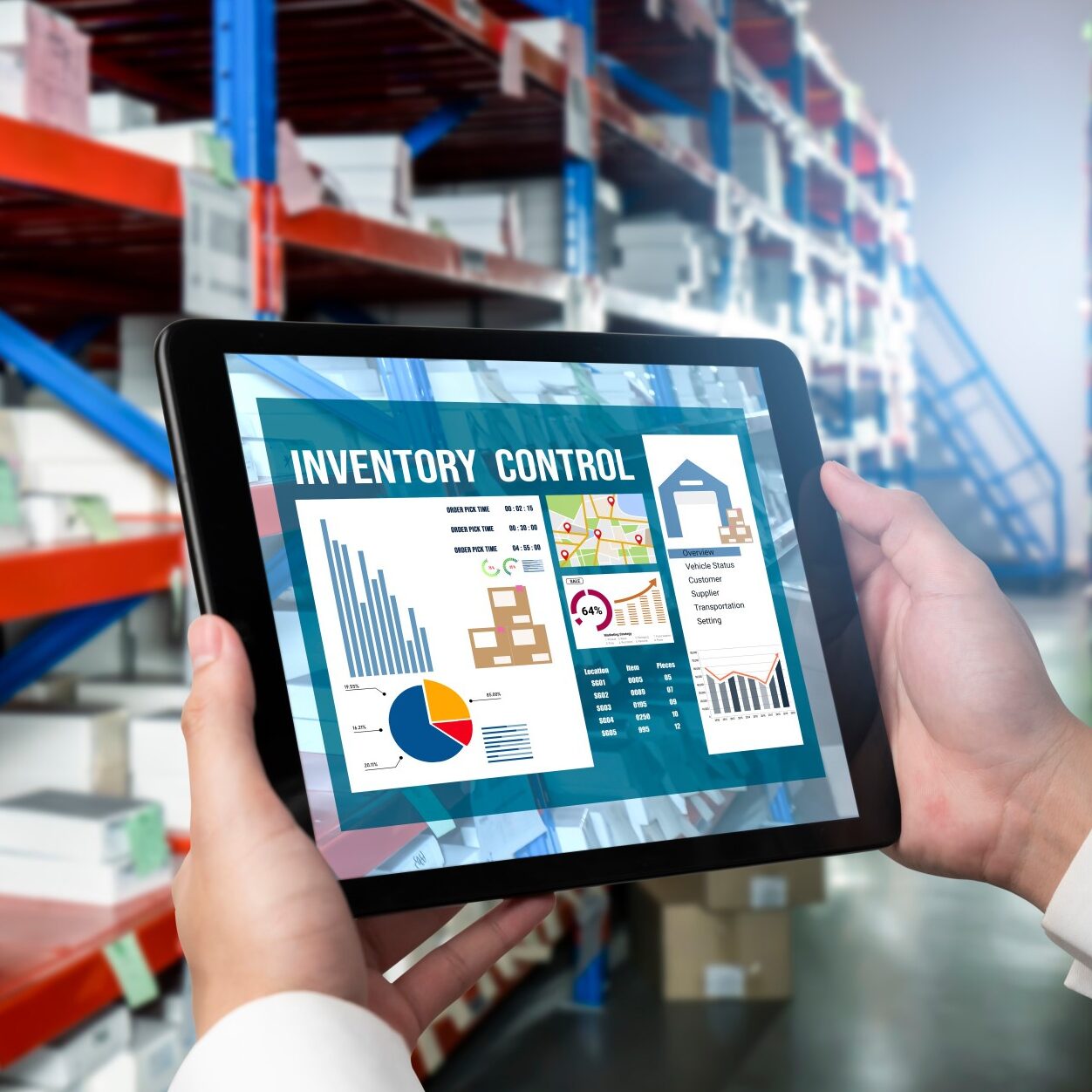SOAP | XML | HTTP
SOAP (Simple Object Access Protocol) is a protocol used to exchange messages between systems on the Internet. It is often used in conjunction with Web Services, which allow disparate applications and systems to integrate with each other.
SOAP is based on the XML format and defines a structure for messages exchanged between systems. These messages typically contain requests and responses that are transmitted over the HTTP protocol. SOAP is used to describe and utilize Web services by providing methods and functions that can be called over the Internet.
There are some related technologies mentioned in connection with SOAP:
WSDL (Web Service Description Language): A description language used to describe Web services and define how they can be invoked.
UDDI (Universal Description, Discovery, and Integration): A search engine for Web services that makes it possible to find and publish information about available Web services.
REST (Representational State Transfer): An architectural style for developing Web services based on the use of HTTP methods such as GET, POST, PUT, and DELETE. REST is an alternative to SOAP and is often considered more lightweight and easier to implement.
BITS experts have used SOAP in a variety of projects. A selection of case studies and references can be found below.
“We are happy to support you with your digital challenges and look forward to hearing from you without obligation.”
Marc Schallehn, Managing Director BITS GmbH

Gerne unterstützen wir Sie bei Ihren IT Projekten. Ich freue mich über Ihre Kontaktaufnahme.
Selection of case studies and references
Data management
Data management Your data, your success - efficient data management with BITS In today's data-driven business world, efficient and well thought-out data management is the key to success. BITS GmbH supports companies in [...]
Seamless connection of a Shopware 6 online store with the SAP Business ByDesign ERP system
In this project, BITS successfully connected the online store of a medium-sized manufacturing company to their SAP ERP system.
New and further development of a B2B software for order processing in the automotive sector
The goal of this project was to update a B2B software of a leading European vehicle manufacturer to the latest technical state of the art. Thus, not only the security level should be increased, but also the usability should be optimized. Furthermore, additional business processes and functionalities were added to the software.
Establishment and operation of a European trading platform for pharmaceuticals
Together with arex PHARMA GmbH, a specialist in the international trade and distribution of European pharmaceuticals, BITS GmbH has established the EU-wide trading platform Rxchange for pharmaceutical products as a strategic IT partner.
Development of a web application for automated exchange of information between partner brands
A web application developed by BITS was expanded to include a Group-wide shortage management process.
Internationalization of an application in particular of the function extension for 21 ESA markets as well as for importers
Further development of a Java business application of vehicle service contracts for international use.
Realization of MVPs
BITS has realized a large number of MVPs, prototypes or proof of conctepts. The central goal here is to test a new idea, an alternative orientation or an improvement with the least possible effort and, if successful, to expand it further.
Hospitality Solutions
We are happy to advise you in the areas of Property Management Systems apaleo/Micros/Oracle Opera and Hospitality IT Solutions. Together with our partners, we support you with customice in the implementation of integrated sales solutions for meetings, incentives and events on your hotel website.
Fullstack web development
Fullstack web development is one of our core competencies and has been practiced by our staff for over 25 years. Besides the excellent expert knowledge in backend and frontend development of normal or highly complex web applications, we are also specialized in all related technologies, processes and methods as well as architecture and operation of web applications up to high availability.










